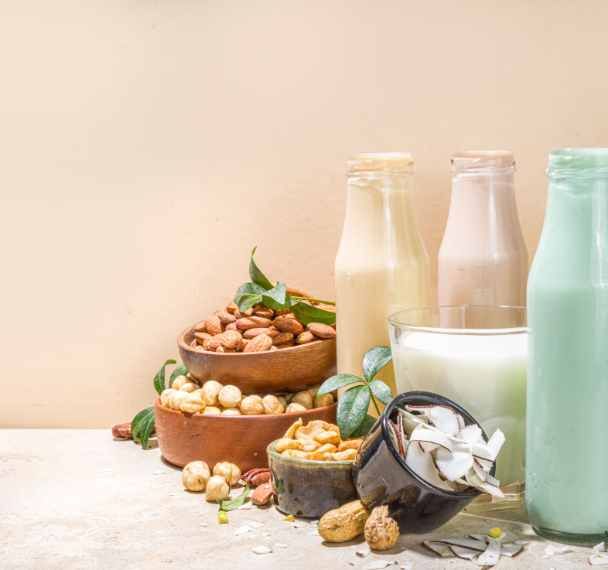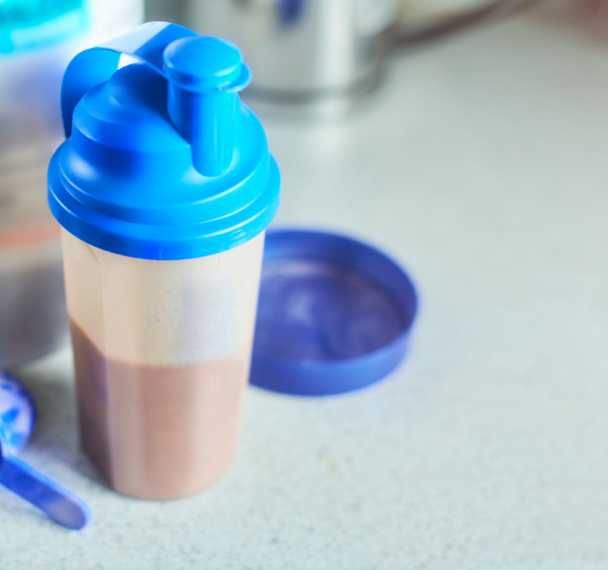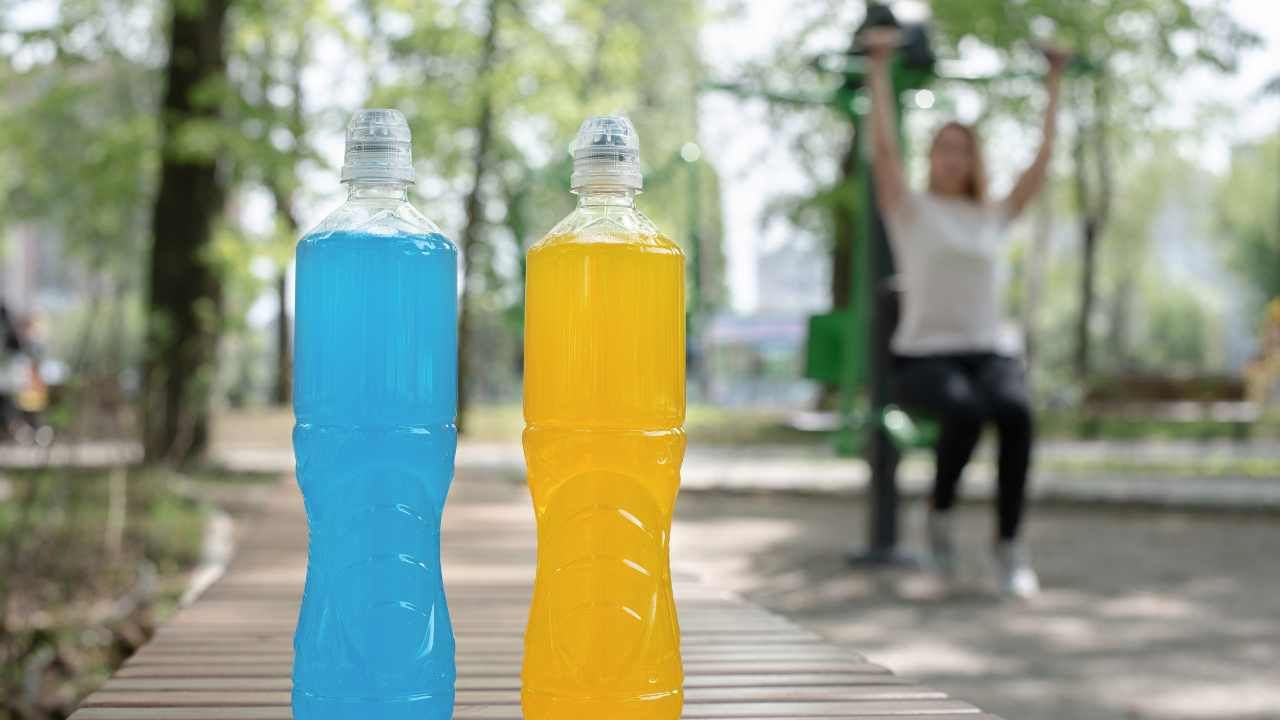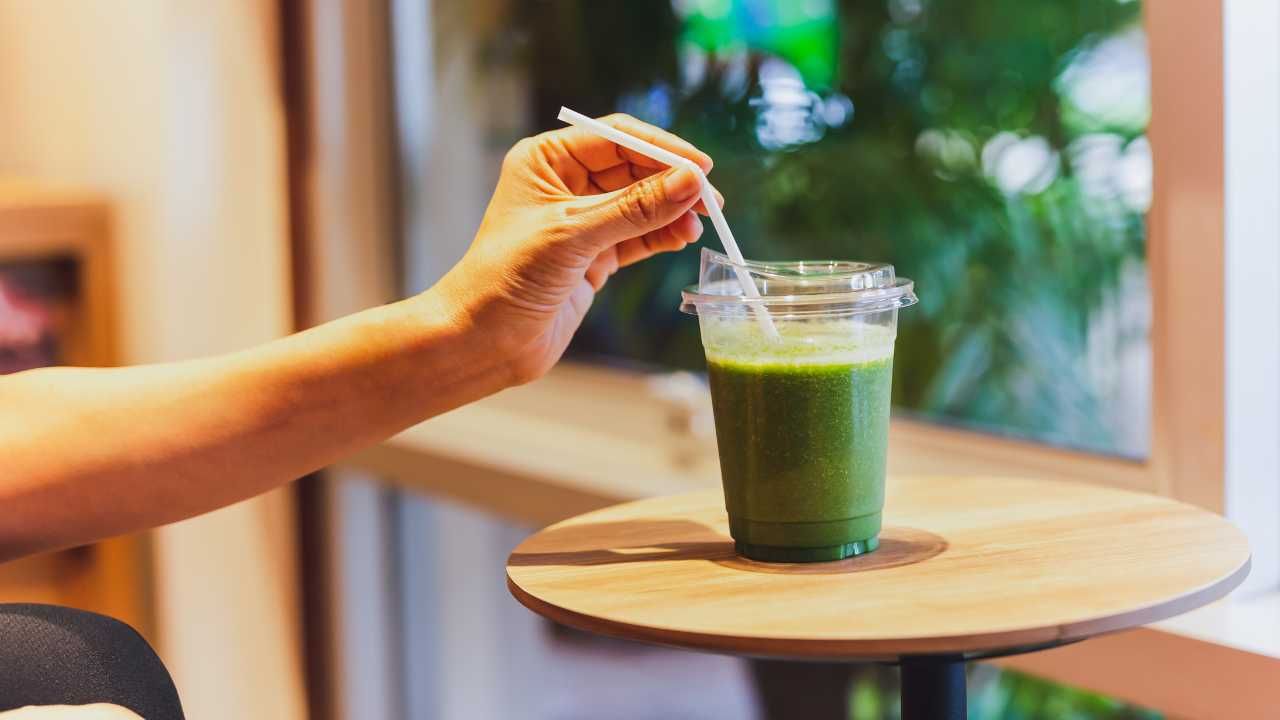Ensuring Transparency and Authenticity: Best Practices for Pictorial Representation on Food & Beverage Labelling
Apr 09, 2024
Introduction
When it comes to food and beverage products, labelling plays a crucial role. Not only does it provide essential information about the product, but it also serves as a means to build consumer trust and ensure transparency.
In this article, we will explore the pictorial representation on food and beverage labelling, its regulations, guidelines and best practices for effective and compliant labelling.
What is pictorial representation?
A pictorial representation, also known as a depiction, is a visual image of food or beverage on food labels. These images can be in the form of photographs, realistic graphic representations, or stylized pictures.
They imply to consumers that the product has the flavours of the depicted food or beverage, which should also align with its name and description.
Generally, consumers will assume that the flavours of a product comes from raw or processed ingredients like nuts, fruits and vegetables, rather than flavourings, unless the labelling clearly states otherwise.
The most important thing is to ensure that consumers are not misled about the actual ingredients and characteristics of the product, including its composition, quantity, country of origin, and method of production.
When and how to use pictorial representation?

According to the Regulation (EU) No 1169/2011, a pictorial representation of a food is permitted as long as the taste is derived wholly or mainly from the depicted food or beverage and/or at least 51% weight/weight of the flavouring components come from the depicted source.
For example, a tonic water containing raspberry and lemon juices may depict the two fruits on the label, even if one of the flavours dominate, provided the two flavours come wholly or mainly from the fruits which are illustrated.
There are three ways to use a pictorial representation for labelling:

Whichever of these three options you choose, make sure to use the term "X-flavoured" for your product description and naming on your food labels. For example, Apple-flavoured water.
Which flavourings to use for pictorial representation?
As a reminder, flavourings are products which are not intended to be consumed as such, which are added to food in order to impart or modify odour and/or taste.
If the flavour of the depicted food and beverage come wholly or mainly from the flavouring, with or without the corresponding ingredients, there are 3 flavour categories you can use: "Natural X Flavouring", 51% "Natural X Flavouring with other natural flavourings" and essential oils, extracts and oleoresins.
"Natural X Flavouring"
A "Natural X flavouring", also known as FTNF (from the named fruit) or 95/5, must contain at least 95% of the named source material, excluding any solvents.
This includes natural preparations (e.g. vanilla extract, orange essential oil, cinnamon oleoresin, strawberry juice concentrate) and flavouring substances (e.g. vanillin, furaneol).
The remaining 5% can come from other sources and should only be used to adjust the flavour profile, such as adding jammy, ripe, or green notes.
Therefore, “Natural X flavouring" can be used for pictorial representation on food & beverage packaging with or without the presence of the corresponding ingredient.
The key point to remember is that the source of the material must be found in nature. For instance, you cannot have a "Natural brownie flavouring" or "Natural sugar flavouring". Instead, you can use "Natural cacao flavouring" or "Natural sugar cane flavouring".
The flavour of the named source material should be easily recognisable by experts such as flavourists or a sensory panel.
51% "Natural X Flavouring with other natural flavourings"
“Natural X flavouring with other natural flavourings”, commonly known as WONF, refers to natural flavouring that contains less than 95% of the flavouring component derived from the named source material.
This means that additional natural flavours, whether they are natural flavouring substances or natural preparations, from different sources have been included.
"Natural X flavouring with other natural flavourings" is permitted for pictorial representation on food and beverage labelling if it contains at least 51% of natural preparation from the named source material, with or without the presence of the corresponding ingredient.
Similarly to "Natural X flavouring," the source of the material must be found in nature. For instance, you cannot have a "Natural brownie flavouring with other natural flavourings" or "Natural sugar flavouring with other natural flavourings". Instead, you can use "Natural cacao flavouring with other natural flavourings" or "Natural sugar cane flavouring with other natural flavourings".
The named source material(s) are present and their distinct flavour can easily be recognised.
Essential oils, extracts, oleoresins
If the flavour accounts for 100% from the named source material, other denominations may be used such as X extract or X essential oil.
"X extracts" and "X essential oils" can be used for pictorial representation on food & beverage packaging with or without the presence of the corresponding ingredient.
Best practises
“Serving Suggestion”
You can use the phrase "serving suggestion" to indicate that the ingredients shown on the label can be consumed with the food, but they are not part of the product itself.
This practice has been used by manufacturers in the UK and EU for many years and is well understood by consumers.
As long as such phrases are utilised appropriately and placed near the visual representation, it should be considered an acceptable practice to clarify that the flavour of the food does not come from the depicted ingredients.
Other phrases indicating that the flavour of your product is not from the depicted food may be allowed in the context of "guess the flavour" competitions, based on advice from Trading Standards.
Proportionality
Representation of ingredients on a label should accurately reflect their contribution to the product. It is important to avoid exaggerating the quantity of an ingredient through misleading visual representations, such as showing an excessive number or size, or by selectively emphasising certain ingredients that do not align with the flavour profile of the food.
“Flavoured” versus “Flavour”
As we mentioned before, the term “X-flavoured” should be used in the naming of your product when the flavours come wholly or mainly from the ingredients and/or with flavourings containing at least 51% of the named source material. Example: Apple flavoured water. Depiction is therefore permissible.
In the case where the flavour of your product come from flavourings containing <51% of the named source material (e.g. “Natural Flavouring”) and your product do not contains any ingredient related to that flavour, the term "X-flavour" should be used, e.g. Apple flavour water. Depiction is therefore NOT permissible.
Conclusion
Navigating the complexities of food legislation can be challenging but it is very important to guarantee transparency and therefore consumers' trust and loyalty when it comes to pictorial representation.
If you would like to use a pictorial representation on your labelling, feel free to get in touch with us, we are here to assist you!
Link to related blogs you may enjoy
🔶Formulation Secrets: 6 Steps to Craft Winning Flavours for Your Products
🔶10 Tips to Elevate Your Tastings & Drive Successful Product Development
🔶From Concept to Market: Steps to Launching Fortified Food and Beverage Products
🔶The Ultimate Guide to Nutrition and Health Claims for Small Food and Beverage Businesses
References
Food and Drink Federation and the UK Flavour Association, pictorial representation guidance, https://www.fdf.org.uk/globalassets/resources/publications/pictorial-representation-guidance.pdf
Regulation (EU) No 1169/2011 on the provision of food information to consumers, https://www.legislation.gov.uk/eur/2011/1169/contents
European flavour association (EFFA) https://effa.eu/eu-legislation/flavouring-legislation
British Society of Flavourists https://www.bsf.org.uk/
European legislations: Flavouring Ingredients EC (1334/2008) https://www.legislation.gov.uk/eur/2008/1334/contents









